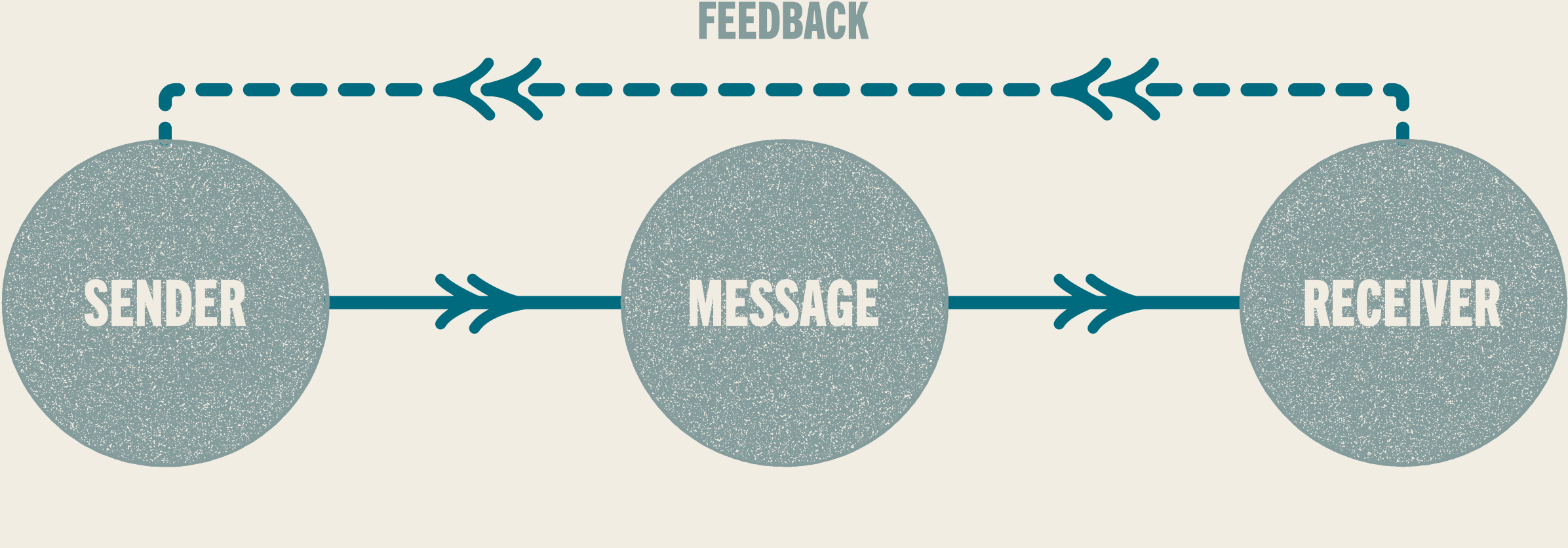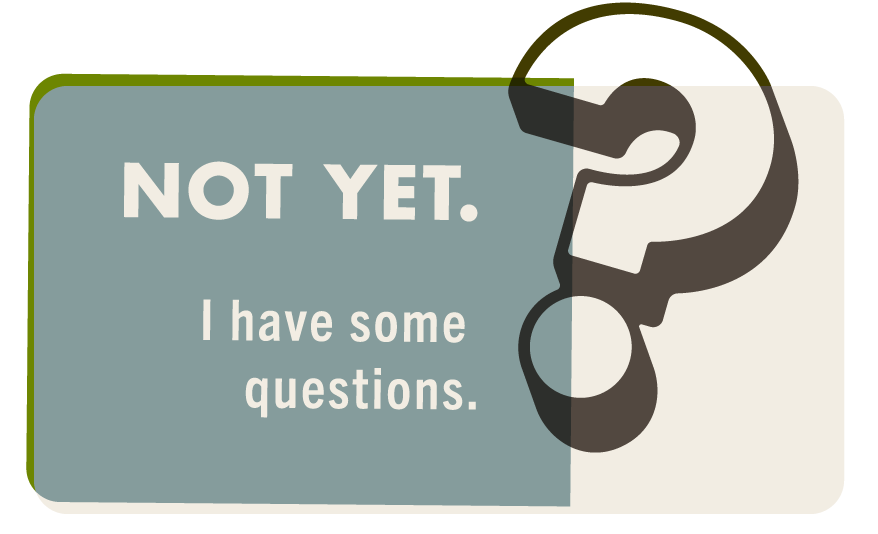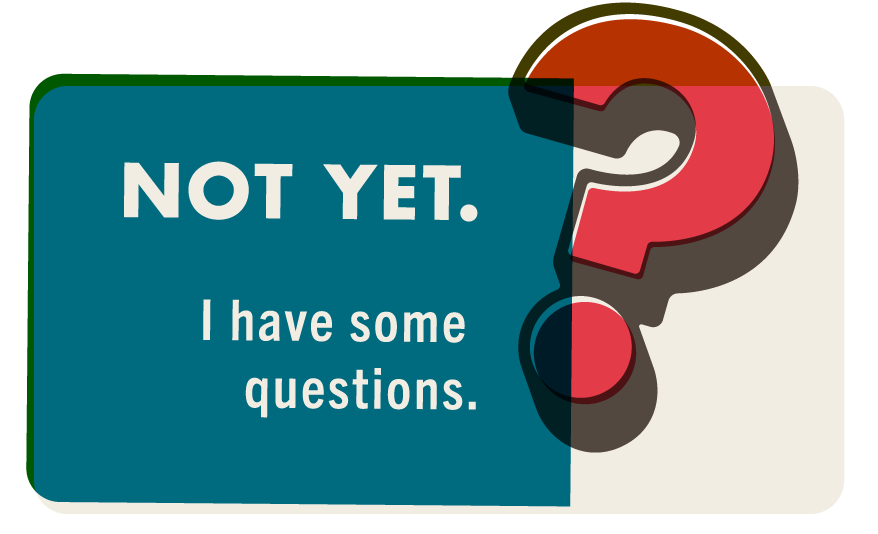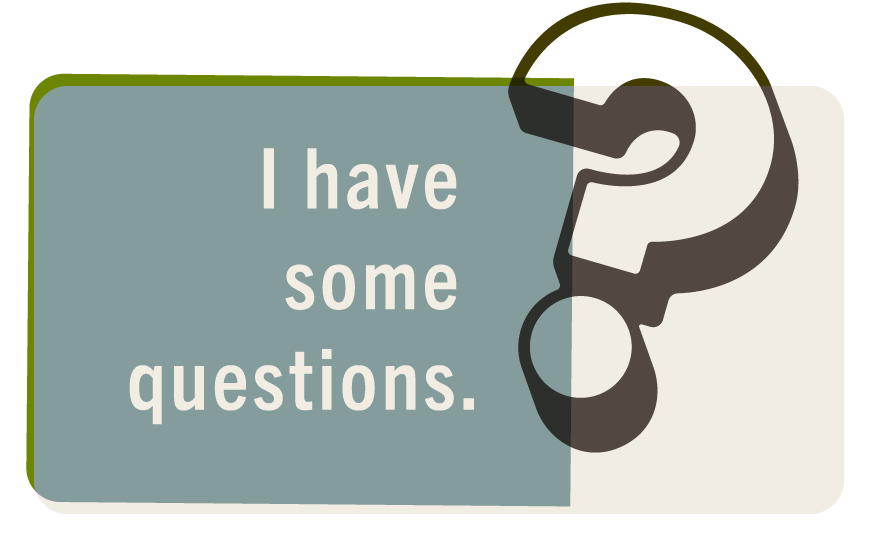What the heck is a brand?
You can’t turn a corner online without someone saying, “You gotta build your brand. It’s the best way to market your business!” I mean, who doesn’t want their business to do better? So you start Googling “How to build a brand.” Then the internet does what it always does …
… it gives you a million confusing answers.
Your logo is your brand. No, your name is your brand. No, it’s the whole way your business looks. No, it’s your business’s “why.” No, it’s everything your business does.
Pretty soon the definition of brand feels like it’s the fairy dust sprinkled in the hearts of the world, as ethereal and unsubstantial at light itself, without which your business crumbles and dies a lonely, wispy death.
What the [enter your favourite swear word here]?
By Kyle Hodgman
03/21/2024
A Short History of the word Brand

I promise I’ll answer your question. But this is important. You have to know where you've been to know where you're going.
Most historians who care about this stuff think the idea of a brand goes back to ancient Egypt. Around 4500 years ago, the Egyptians were branding cattle to stop theft. And by branding, I mean burning a mark onto the cattle. A brand was a mark signifying ownership.
After that, people started to realize that a brand (a mark) could be used to signify something more than ownership. Brands would be placed on goods to show who made the product. Merchant guilds would use maker's marks to signify which collective of tradesmen were responsible for a service. A brand became a mark that signified something's source.
As the Industrial Revolution and mass-produced products came around, customers didn’t know who was making their goods. They needed a guarantee of quality and authenticity. That meant needing to communicate who made a product, and who didn’t. Enter the ownable, protected trademark. A brand became a distinctive mark separating one business from another.
In the 50’s in North America, there were more consumers than suppliers. Businesses needed to give the customer a reason to choose them over their competition. Enter the slogan, the jingle, the mascot, the visual identity, the personality. A brand became the collection of distinctive assets that gave people the idea of a business.
As big businesses went global in the 80s, companies like Nike and Apple discovered the effect a community had on their marketing. So they harnessed the idea of a tribe and mixed it into the concept of a brand. If you buy from us, you’re one of us. Your shoes prove that. A brand became the idea of a business and the people who buy from them.
Then the internet steps in, and makes the world bigger, noisier, and more connected than ever. There are more people for a business to reach and more competition to get in the way. Businesses can't make tribes to pull into their brand. Businesses need to find their tribes and join them.
The Definition of Brand
That history of the word brand is one of the reasons why there seem to be so many confusing definitions. That, and people who work in branding who seem like they’re trying to take over some territory that used to belong to “marketers.” There’s a turf war going on.
But finally, here we are. The definition of the word brand:
A brand is a person's instinctive ideas about a business, product, or service.
Marty Neumeier calls it “a person’s gut feeling.” David Oglivy calls it, “The intangible sum of a product’s attributes.” You could even boil it down to a business’s reputation.
What all these definitions of brand have in common is that brand lives in the minds of the people. Individuals determine a business's brand. Not the business.
That is the simple definition. So what?
The Communication Model

You are probably familiar with the Communication Model. There is a Sender. The Sender sends a Message. The Receiver receives the Message and interprets the meaning. Our definition of brand maps onto the Communication Model well.
A business is The Sender. The Receiver receives their Message, interprets the meaning, and forms instinctive ideas about The Sender. The collection of those ideas is the business’s brand.
Since your brand is in the mind of the Receiver, your brand is out of your direct control. But you can influence it. If you want to build your brand, if you want to grow your brand, if you want to improve your marketing by investing in your brand, this is the goal behind every brand-building activity: to influence a person's instinctive ideas about your business, product, or service.
How do you influence a person's instinctive ideas about your business, product, or service? We craft the Message. The process of crafting that Message is what we like to call branding.
But that’s another article.








